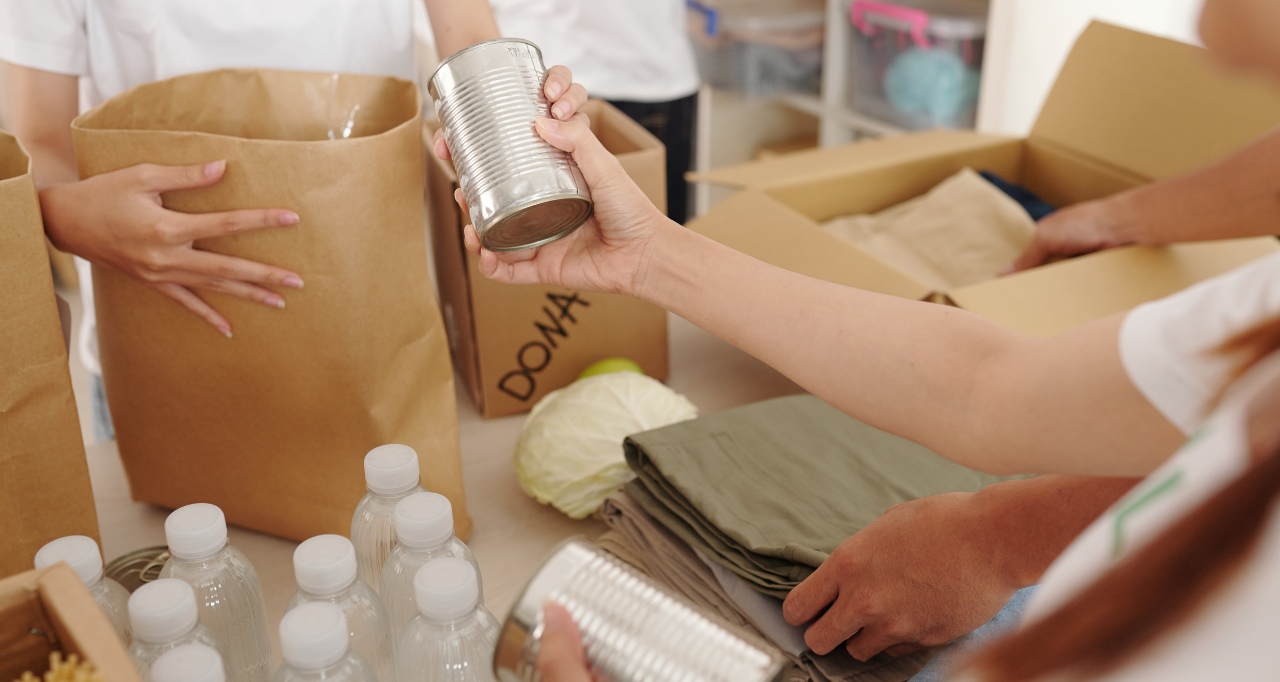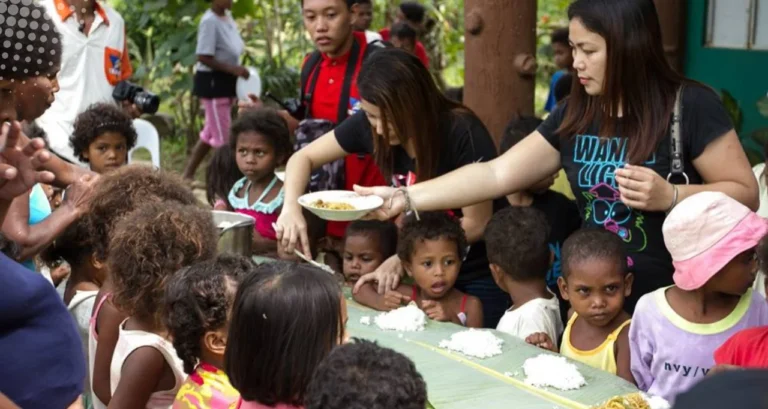D-SNAP Food Assistance Application Process for Hurricane Victims in Florida
As hurricane season intensifies in Florida, residents affected by severe weather are often left facing challenges to access basic needs, like food. The Disaster Supplemental Nutrition Assistance Program (D-SNAP) provides timely help by offering temporary food benefits to eligible victims in areas declared a disaster.
What is D-SNAP?
The Disaster Supplemental Nutrition Assistance Program, or D-SNAP, provides emergency food assistance to families who may not usually qualify for standard SNAP benefits but are temporarily facing hardship due to a natural disaster. Funded by the federal government and managed by the Florida Department of Children and Families (DCF), D-SNAP is designed to offer relief quickly, easing the financial strain of food expenses when resources are limited.
How Does D-SNAP Help Hurricane Victims?
D-SNAP specifically targets families who have experienced temporary income loss, property damage, or food spoilage as a result of hurricanes. In many cases, these families have difficulty meeting basic needs following power outages, displacement, or home damage. D-SNAP addresses these needs by providing one-time assistance that aligns with the severity of the disaster.
Who is Eligible for D-SNAP?
Eligibility for D-SNAP is based on household income, disaster-related expenses, and residency in the declared disaster area. According to the DCF, applicants must meet these criteria:
- Location: Applicants must reside in an area declared a disaster by the President.
- Income and Expense Requirements: Households must have income within D-SNAP limits, taking into account disaster-related expenses such as repairs or lost income.
- Proof of Identity: A government-issued ID is necessary for all applicants.
For example, families who lost food due to prolonged power outages or those who paid for emergency shelter would typically qualify under D-SNAP guidelines.
How to Apply for D-SNAP in Florida
Applying for D-SNAP involves several steps, which the Florida DCF organizes to help streamline assistance. Applications are typically submitted online or in person at DCF locations designated for D-SNAP support.
Step 1: Check Your Eligibility
- Visit the DCF Website: Florida’s DCF website provides real-time updates on D-SNAP availability for specific disaster areas. Eligibility criteria, deadlines, and application periods are also available here.
- Complete the Pre-Screening Tool: This tool helps families determine if they meet D-SNAP criteria before applying, ensuring eligibility in advance.
Step 2: Submit an Application
- Online Application: To streamline the process, applicants can complete the D-SNAP application on the Florida DCF website. This requires details on household income, expenses, and disaster impact.
- In-Person Applications: For those unable to apply online, DCF has designated application sites in affected areas. These sites operate during specific hours, which the DCF announces through local media and online.
Step 3: Attend an Eligibility Interview
- An interview is required to confirm the details provided in the application, including proof of disaster-related expenses and residency. These interviews are conducted either by phone or in person, depending on local conditions.
Step 4: Receive D-SNAP Benefits
- Approval and Benefit Distribution: Approved applicants receive their D-SNAP benefits on an EBT card, usable for purchasing eligible food items at authorized retailers. Benefits typically arrive within three days post-approval, enabling families to access food promptly.
What Should You Bring for the D-SNAP Interview?
To complete the interview process efficiently, it’s essential to bring:
- Proof of Identity: Driver’s license, passport, or state-issued ID.
- Residency Documents: Utility bills, lease agreements, or other mail showing current address within the disaster area.
- Expense Records: Receipts or estimates for repairs, food replacement, and other disaster-related costs.
Having these documents ready can expedite your D-SNAP approval, ensuring that food assistance reaches those in need as quickly as possible.
How Long Are D-SNAP Benefits Available?
D-SNAP benefits are usually available for one to two months, depending on the scale of the disaster and the needs of affected families. The program’s goal is to bridge the gap while families recover, returning them to their regular income levels. Florida DCF often provides updates on benefit duration and will notify recipients when D-SNAP is set to end.
Conclusion
For Florida residents affected by hurricanes, D-SNAP offers crucial food assistance to support recovery. The program enables families to purchase food during their most vulnerable time, easing the burden as they rebuild. The Florida DCF continues to adapt D-SNAP services to meet the needs of disaster-stricken communities, ensuring a path to stability in difficult times.
FAQs
What if I Already Receive SNAP Benefits?
Current SNAP recipients cannot apply for D-SNAP. Instead, they may qualify for replacement benefits to cover disaster-related food loss. These recipients should contact their local DCF office for information.
Is There a Deadline to Apply for D-SNAP?
Yes, D-SNAP applications are only accepted within a specific window following the disaster declaration. The DCF will announce these dates through its website and local news.
Can Non-U.S. Citizens Apply for D-SNAP?
Only households with at least one U.S. citizen or qualified non-citizen can apply for D-SNAP. If eligible, the household may still receive benefits, though eligibility varies by immigration status.
Where Can I Use D-SNAP Benefits?
D-SNAP benefits are accepted at authorized grocery stores and retailers. These benefits can only be used for food items and cannot cover non-food items like toiletries or paper products.




